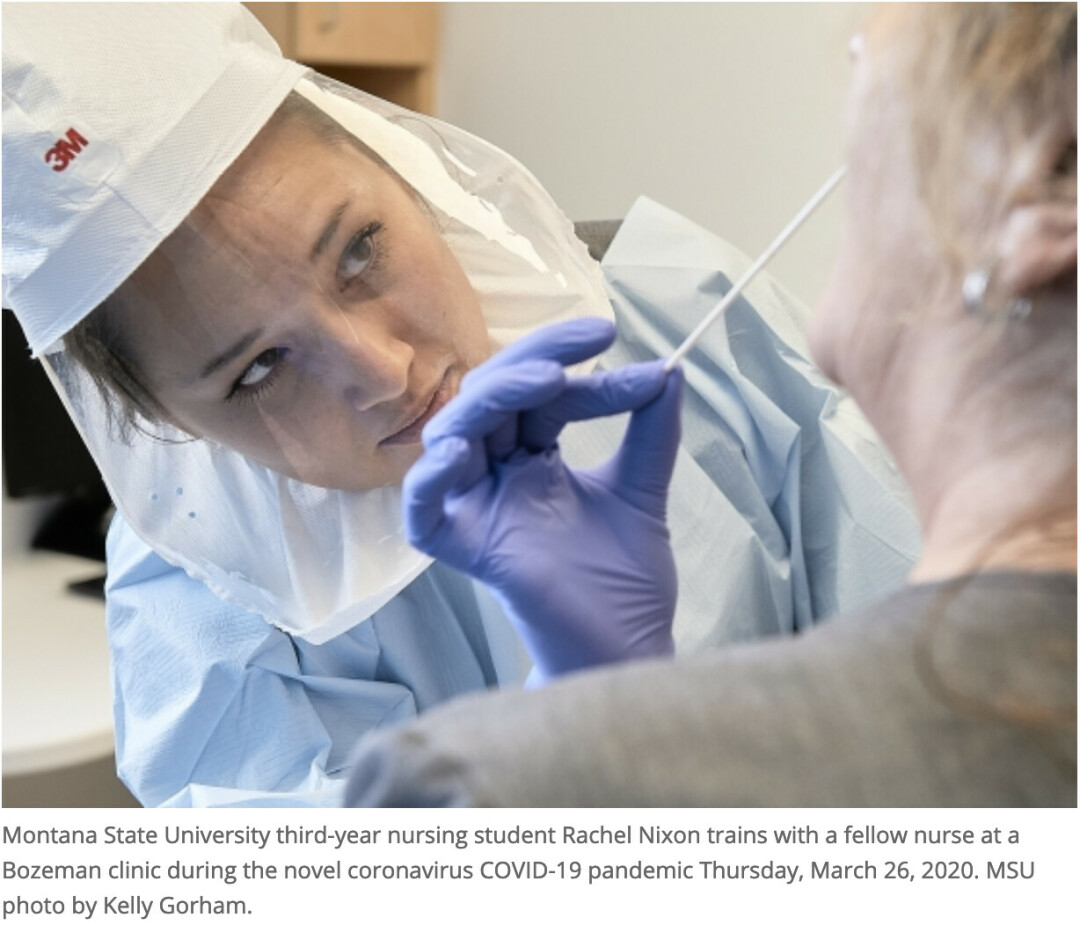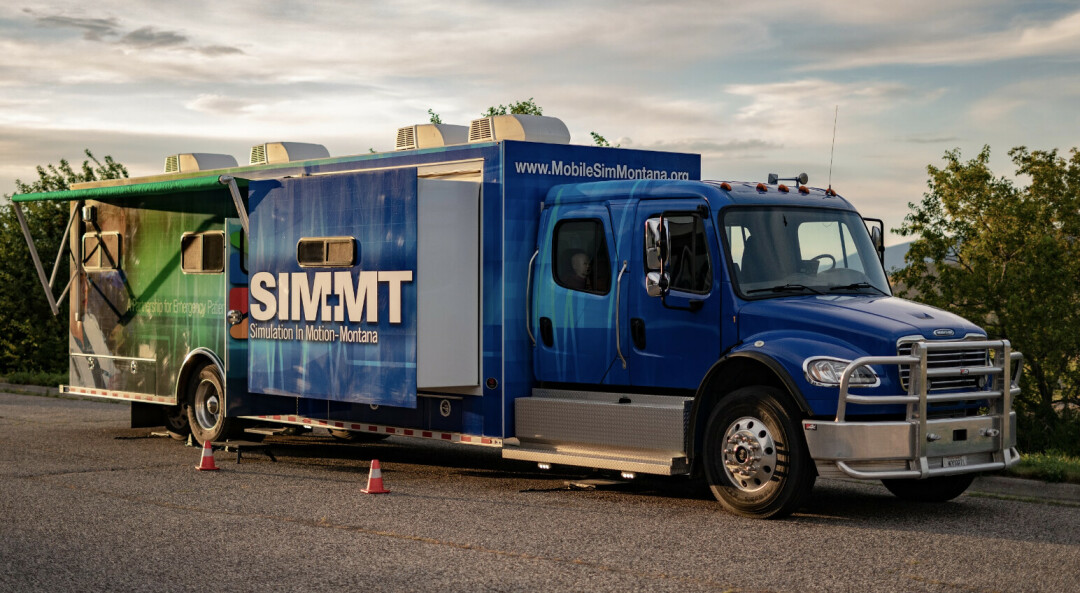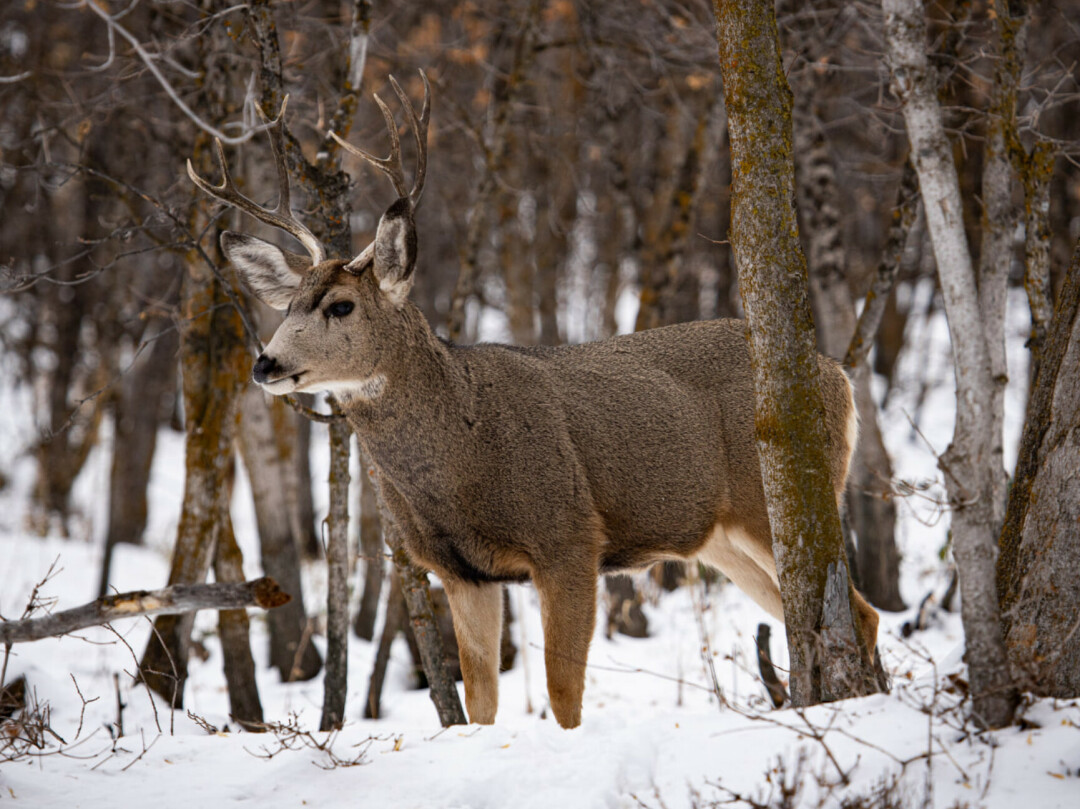Montana State University has been selected to lead a two-year study about the effects of the COVID-19 pandemic on nurses, the largest group of U.S. health care workers, focusing on changes in employment, earnings and the supply of nurses. The study is being funded by grants totaling $430,000 from the Robert Wood Johnson Foundation, The John A. Hartford Foundation, the Johnson & Johnson Foundation in partnership with the Johnson & Johnson Center for Health Worker Innovation and UnitedHealth Group.
The study is being led by Peter Buerhaus, professor in the MSU College of Nursing and director of the MSU Center for Interdisciplinary Health Workforce Studies, along with co-researchers Douglas Staiger, professor of economics at Dartmouth College, and David Auerbach, senior director of research and cost trends at the Massachusetts Health Policy Commission.
“Over the last century, nurses have faced many shocks, including world wars and economic recessions, but they have not experienced a pandemic in modern times,” Buerhaus said. “For the country’s well-being, it is critical to track and understand the effects of COVID-19 on the nursing workforce.”
There are approximately four million registered nurses and 200,000 nurse practitioners across the nation, and they are supported by more than 600,000 licensed practical nurses and hundreds of thousands of nursing assistants working in countless care delivery settings.
The study will research whether employment in certain settings grew during the pandemic, assess regional differences and seek to better understand if the pandemic has had a disproportionate impact on earnings and employment by race, ethnicity, gender and age.
“Through this research we want to understand whether nurses are leaving the workforce and whether large numbers of baby boomer nurses are retiring earlier than they had planned,” Buerhaus said. “If the pandemic is causing nurses to leave the workforce or retire early, then health care delivery organizations could be in trouble.”
“It is imperative that our workforce research include an analysis of the pandemic’s impact on nursing assistants, licensed vocational nurses and professional registered nurses, especially those working in nursing homes,” said Terry Fulmer, president of The John A. Hartford Foundation who recently served on the independent Coronavirus Commission on Safety and Quality in Nursing Homes. “The illness and deaths in these settings have taken a terrible toll on residents and families, and on these essential staff who are the backbone of care for our most frail older adults and people with disabilities.”

Finally, the researchers will forecast the number of registered nurses through 2030. Prior to the pandemic, forecasts indicated that the number of registered nurses would increase by at least one million. Now, experts say, that number is unclear.
Over the past 20 years, Buerhaus, Staiger and Auerbach have conducted numerous of studies of the nursing workforce. Regardless of the pandemic’s effects on the nursing workforce, Buerhaus said, one thing is clear: nurses will continue to be as crucial as they always have been.
The report will be completed by 2022, but throughout the project, key results will be shared in quarterly reports and peer-reviewed journals, as well as through webinars and interactions with government workforce organizations, professional associations, researchers and others.
“Nurses serve as critical links between patients and other members of the care team, especially during a health crisis,” said Mary Jo Jerde, a nurse and senior vice president, UnitedHealth Group Center for Clinician Advancement. “Understanding the impact of the pandemic on the workforce will help policymakers, health care delivery organizations, academic institutions, payors and the public work together to better support nurses now and into the future.”
“Nurses are the most admired, trusted and respected of all professions in the United States,” said Susan Hassmiller of the Robert Wood Johnson Foundation. “They keep people safe, they assure quality, and they advise people and comfort them. We need to know the impact this pandemic is having on nurses of all races, genders, regions and settings. We cannot let this pandemic deflate the culture of this vibrant profession.”










News Comments
Thank you
Open Auditions for Annie
Monday, Sep. 16, 2024
I’m at the Bozeman airport where your painting, “Blowing East” is displayed. It’s absolutely gorgeous! Bravo, Marci!!
The Artists’ Gallery in Bozeman’s Emerson Cultural Center May Exhibits
Sunday, Jun. 30, 2024
This is so typical of a sign in, which we should not have to do to check if we or some one in our party got a permit. I have been working or "creating an account" for 30 minutes and just get the same ...
Smith River permit drawing results available
Sunday, Mar. 10, 2024
I have struggled with this podcast and my own participation therein, the event itself obviously traumatic, but beyond that my inability to reach anyone and convey anything resembling truth. The person ...
Billings, MT Case Becomes True Crime Podcast | 'An Absurd Result'
Marktokarski
Saturday, Jan. 20, 2024